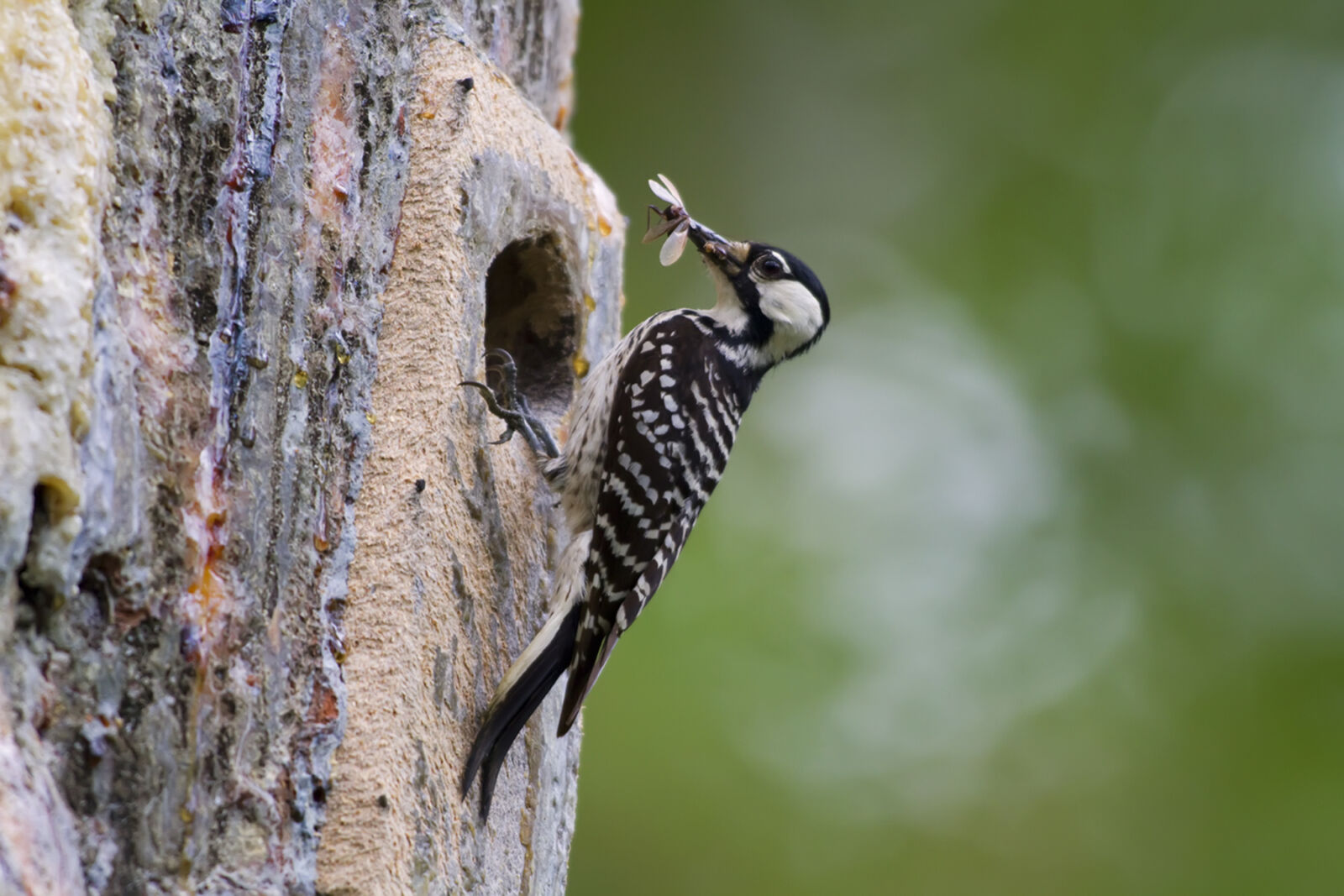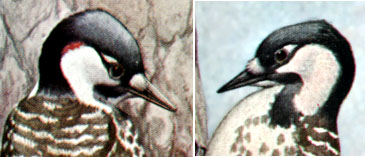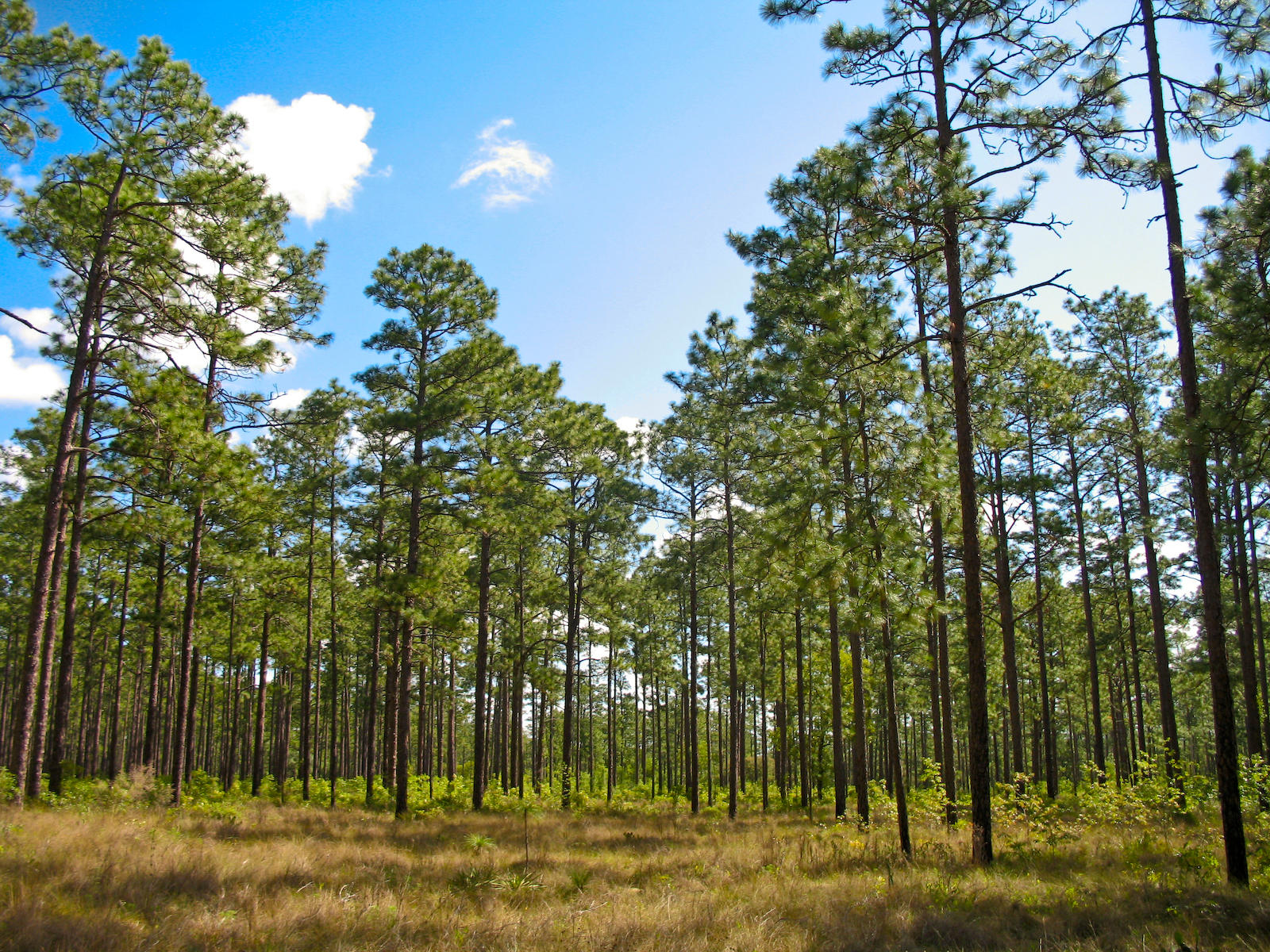What does this beautiful bird look like?

Like this. This little guy is plucking himself some lunch.
I don’t see any red. Where does that happen?
On either side of the black cap on the bird, a small streak of red will appear when males feel their territory is threatened or they’re breeding. It's easy to confuse those two experiences.

Where does the RCW make its home?
The RCW nests in mature, live pine trees in the southeastern United States. And the worst part? Only two percent of its historic habitat still remains.
Do RCWs migrate?
Nope. They make their happy homes, often with the same mate for several years, in the longleaf pine forests of the South.

Is the RCW a solitary bird or a little social butterfly? (metaphorically speaking)
RCWs live in family groups made up of a breeding pair and male offspring from previous generations who help raise new chicks by bringing food and defending the family’s territory. Back off people.
Are RCWs important?
Very! The RCW is considered a keystone species and plays a critical role in creating and maintaining healthy habitat for species who depend on longleaf pine forests.
How are they doing?
Ok – but they could be doing better. In 1990, the Ocala National Forest had only seven, count ‘em seven, pairs of red-cockaded woodpeckers. Today, thanks to recovery efforts, the Forest’s population has increased to 98 family groups.
Good to hear! Are they going to be alright?
If more restoration for longleaf pine forests doesn’t happen, their population won’t recover much beyond their current population.
How can I help my RCW friends?
The NFF is currently working with the Forset Service and local partners to restore longleaf pine forests and ensure the RCW has healthy habitat for many years to come. By supporting our Ocala Treasured Landscapes work, you’re helping the red-cockaded woodpecker.

